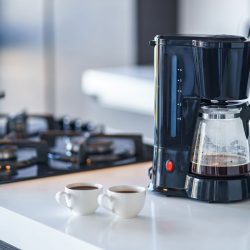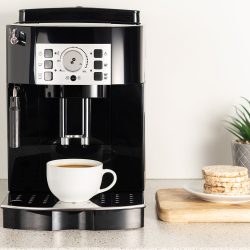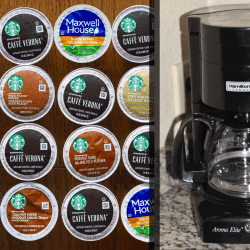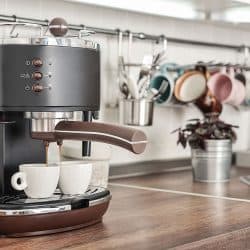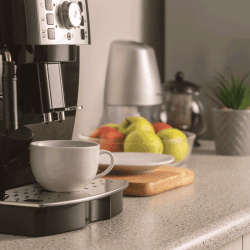When you make a pot of coffee, you know your coffee is brewed piping hot. Knowing that, you might wonder, can a coffee maker boil water? We're here to bring you the answer to this burning question.
Generally, coffee makers do not boil water. They do, on the other hand, bring water to somewhere between 180°F to 205°F, depending on the coffee maker. The boiling point of water is 212°F which is pretty close to how hot a coffee maker will make your water. However, if you have a stovetop coffee maker, it can boil water.
Keep reading to learn more about how a coffee maker heats water, whether or not you should use hot or cold water in your coffee maker, whether or not a coffee maker gets hot enough to kill bacteria, and more.
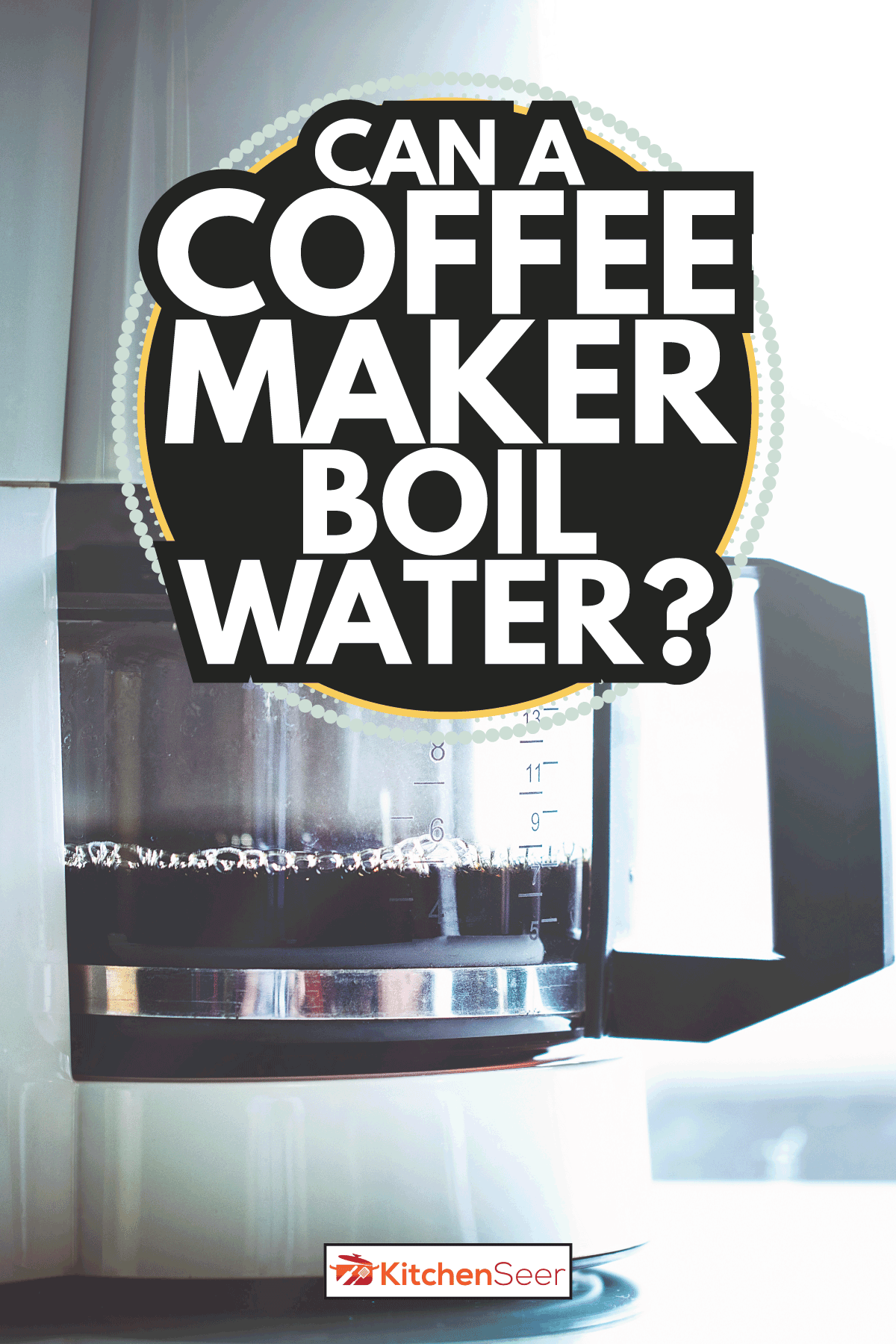
Coffee Makers And How Hot They Can Get
The boiling point of water is 212°F. Where the air pressure is lower, water can boil at a lower temperature such as in Denver, Colorado. In Denver, water can boil at 202°F. When the atmospheric pressure decreases, water boils at a lower temperature.
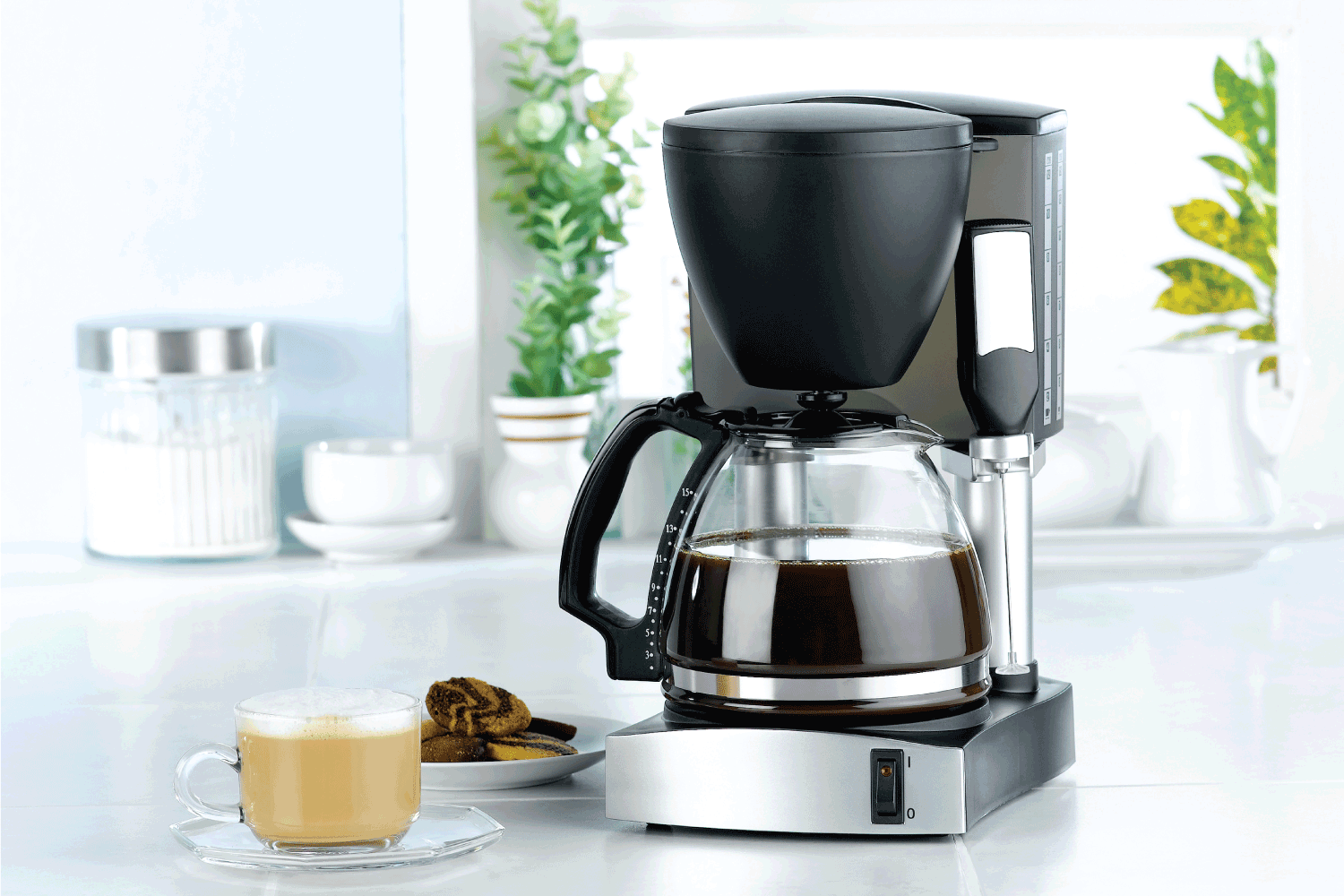
While coffee makers don't boil water, they can get water temperature close to it. The average water temperature in a coffee maker is between 180 degrees and 205 degrees F. This range creates the best brew, heating the water to the ideal temperature for extracting flavor from the ground beans. There are even standards set by various coffee associations for the water temperature.
Coffee makers are used for the obvious, coffee, but they have other uses too. You can brew hot tea using a coffee maker and you can heat up water to almost the boiling point. This means you can also brew tea just as well. Rinse your brew basket out in between tea and coffee to keep the flavors the way they are intended.
There are countertop coffee makers and stovetop coffee makers. Stovetop coffee makers tend to end up producing thick and strong-tasting coffee. Percolators do not produce the best-tasting coffee either. They are more of an alternative for when you do not have access to a countertop coffee maker, such as when you are camping.
Drip coffee makers run water one time so you end up with a brew that is not quite as strong. The best method of making coffee is considered to be pour-over coffee. You boil water in a kettle for this method rather than using a typical coffee maker. On average, coffee makers last approximately five years. This is if it is well taken care of. You can check your original packaging, manual, or product description online to see if your coffee maker came with a warranty.
How does a coffee maker heat water?
Coffee makers have a metal tube that the water has to run through before it makes it to the basket where you would normally have your filter and coffee grounds. If you leave the basket empty, you will just end up with hot water. The water gets heated up when it passes through the metal tube and comes out into your carafe. Because the tube is small, the coffee maker can heat up the water quickly.
Does a coffee maker get hot enough to kill bacteria?
Since coffee makers do not get hot enough to boil water, they also do not get hot enough to kill bacteria. Water must reach its boiling point of 212°F in order to kill bacteria. Boiling water also inactivates viruses that might be present.
Alternative Methods of Boiling Water
If you are in need of boiling water but are somewhere without a stove or pot to do it in, consider the microwave. You can boil water in the microwave for two to three minutes. For one cup of water, if your microwave is 1,000 watts, it takes about two minutes to boil water. A microwave that is 1,200 watts takes one and a half minutes to boil a cup of water.
Another way to boil water is to do so in a kettle or electric kettle. A pot works great on your stovetop, too. Boiling water on the stove takes about 2 minutes per cup of water. This works out to be 8-10 minutes for 4 cups of water.
See this electric kettle on Amazon.
Should I use hot or cold water in my coffee maker?
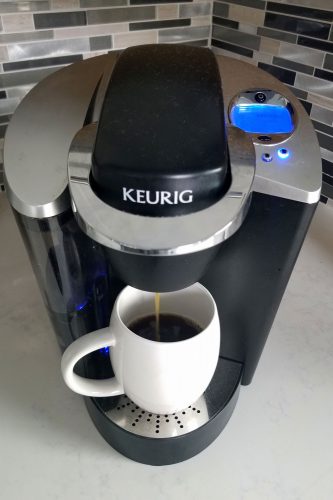
The answer to whether you should use hot or cold water in your coffee maker depends on the way your coffee maker is made. You should not put hot water in your coffee maker because hot water may dissolve contaminants that your pipes contain faster than cold water would.
Typically, you should use cold water in your coffee maker. Some coffee makers are made to only brew using cold water. Otherwise, using room temperature water works best.
How long can you leave water in a coffee maker?
A lot of people leave water in their coffee maker overnight with a timer set for the next morning or so it is ready to be turned on the next morning. This is convenient and can save time. Overnight should be fine, just be aware bacteria might form and that is the risk you are taking. You should not leave water in your coffee maker for any longer than twelve hours.
Leaving water in your coffee maker has a few downsides. The water has the potential to become "stale," which will result in your coffee not tasting as good as it would have otherwise. Also, mineral deposits can leave behind a residue if left in the reservoir or carafe when you leave water in them for an extended period of time.
When it comes to the Keurig, you should not leave water in the reservoir for any longer than 3 days. This is because bacteria are said to grow in warm and moist environments. If you leave water in the reservoir for any longer than 3 days, you should dump it and fill it back up. Consider this for all coffee makers unless stated otherwise because you certainly do not want to drink bacteria that has the potential to make you sick.
Do I need a water filter for my coffee maker?
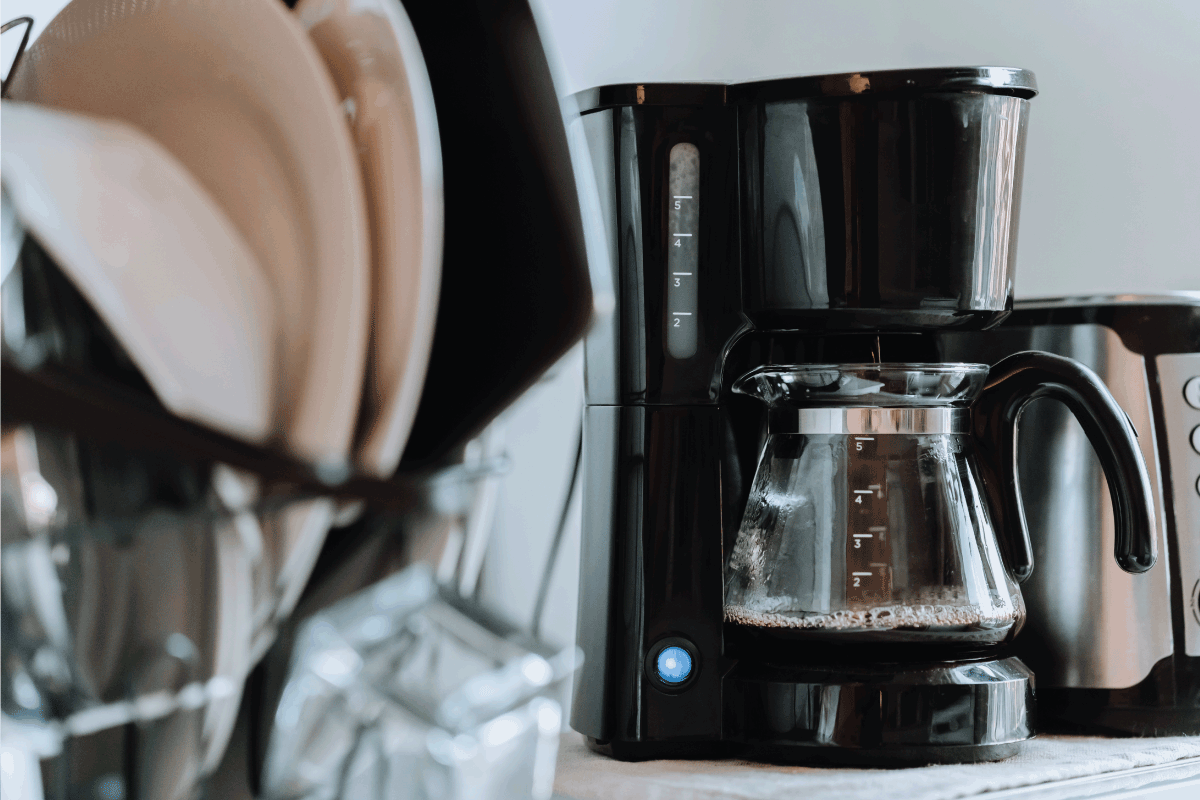
You do not necessarily need a water filter for your coffee maker. Coffee makers do not purify water though. If you want to have purified water for your coffee, use filtered water. This will ensure that you end up with clean coffee. If you are able to safely drink water from the tap where you are then it should be fine either way.
High-end coffee makers have filters built-in that contain carbon. Additionally, these filters contain organic compounds. The combination of filtering with carbon and organic compounds eliminates impurities. Filtered water works best. You can also boil your tap water before adding it to the reservoir in your coffee maker. Boiling water does not remove minerals from the water but does kill bacteria.
Clean your carafe, including the lid and brew basket, regularly. Doing so will improve the taste of your coffee. If you do not clean the components of your coffee maker, residue will get left behind. That residue can make your coffee taste bitter. To ward off bacteria and have the best tasting coffee possible, it is a good idea to keep your coffee maker's components clean.
Filtering impurities can help maintain the machine and improve the flavor of coffee by removing what would normally leave behind residue. Using purified water or distilled water is the ideal way to brew coffee that is totally clean. Distilled water no longer has the initial minerals and impurities that it did. Purified water is a mixture of distilled and spring water. Spring water, on the other hand, is not suggested because it still contains minerals. These mineral deposits can end up clogging your coffee maker.
In Closing
Coffee makers do not boil water. They bring the temperature anywhere between 180°F to 205°F. This is not hot enough to kill bacteria. You can leave water in your coffee maker overnight, but the time frame should not exceed twelve hours. Using filtered water results in the best coffee.
Before you go, check out the following links about coffee tables. These will give you a perfect spot to let your coffee rest between sips:
14 Gorgeous Coffee Tables With Nesting Stools
Coffee Table Book Dimensions: What’s The Best Size?
Can You Place An Area Rug Under The Coffee Table Only?


